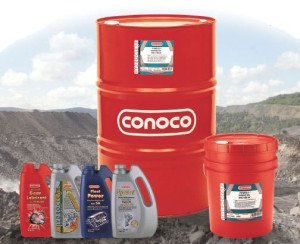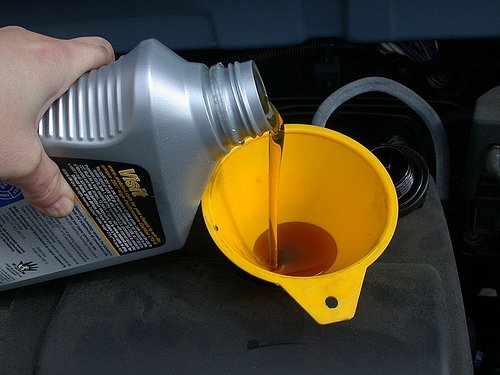
Classification of gear oils helps to choose the right composition
Content
The international classification of transmission oils allows car owners to easily select the optimal transmission composition for gearboxes, transfer cases, chain and gear drives, steering mechanisms of their iron horse.
API classification of gear oils
It is a classification system that divides all types of compounds into five classes. Its European analogue is ZF TE-ML, which describes absolutely all compositions for hydromechanical transmissions. The following API groups are distinguished depending on the principles of operation and design of the transmission, the volume of special additives:

- GL-1: fluids without additives, it is possible to add simple anti-foam, antioxidant, depressant, anti-corrosion additives to some brands of gear oils in small quantities. Suitable for trucks and machines used in agriculture.
- GL-2: most often poured into the transmission of agricultural units, they contain anti-wear additives.
- GL-3: not suitable for hypoid gears, the amount of special additives that reduce wear on auto components is about 2,7 percent.
- GL-4: compositions used in synchronized gears operating under various gravity conditions, in the main gears of any transport and non-synchronized gearboxes. GL-4 fluids, according to the API classification of gear oils, contain four percent EP additives.
- GL-5: not used for gearboxes, but, being universal, suitable for any other transmissions, contains a large amount of multifunctional additives (up to 6,5%).

SAE Gear Oil Viscosity
A common American classification of gear oils by viscosity in the form of different conventional units. Automotive transmission companies take SAE specifications into account. And based on them, they give recommendations on the choice of transmission compositions for mechanical gearboxes and axles (leading ones). The gear oil viscosity index (for example, 85W0140) shows the main parameters of the fluid and divides it into summer and winter (letter “W”). This marking of gear oils is simple and understandable to motorists.


It is important to know how gear oils are selected: the classification and selection of compositions is carried out according to two viscosity indicators - high and low temperature. The first indicator is derived on the basis of the kinematic viscosity at the boiling point of the liquid, the second - by measuring the temperature at which the composition has an indicator of 150000 cP (Brookfield viscosity). There is a special viscosity table for gear oils, which their manufacturers are guided by.




Watch this video on YouTube
Selection of transmission oil by car brand
In principle, such a selection is not difficult to make on your own, if you study the principles of classification and selection of gear oils. First you need to check the vehicle manufacturer's approval for the specific compound used on your car, as well as the viscosity of the gear oil according to SAE. And then deal with the fluid quality class according to the European (ACEA) and American (API) classification of gear oil brands:


- for gasoline engines - ACEA (A1-A5): the quality is considered the higher, the larger the number after the letter A;
- for diesel engines - ACEA (B1-B5);
- universal for diesel units installed on cars after 2004 - ACEA (С1–С5);
- for cargo diesel engines - API group "C";
- for gasoline engines - API group "S".


And don't forget that the shelf life of gear oil is usually limited to five years from the date of manufacture.


Watch this video on YouTube
